Archeological Museums of Istanbul: A Treasure of History
Located between the Topkapı Palace and Gülhane Park in the historic area of Sultanahmet, the Istanbul Archaeological Museums are a must-see destination for history and archaeology enthusiasts. Founded in 1891 by the artist and archaeologist Osman Hamdi, these museums are recognized as the first of their kind in Turkey and remain a cultural landmark. With three main sections — the Archaeological Museum, the Museum of the Ancient Orient, and the Tiled Pavilion Museum — they house an impressive collection of over one million artifacts that tell the story of thousands of years of history.
The Museum Experience: History Across Three Buildings
A visit to the Istanbul Archaeological Museums is not just a journey into the past but also an opportunity to enjoy a space that combines history, art, and nature. The buildings are connected by a beautiful garden filled with ancient sarcophagi and sculptures, creating a tranquil atmosphere between the exploration of each section.
Each museum is carefully organized with thematic exhibitions highlighting different aspects of Turkey’s rich cultural heritage and the ancient civilizations of the world. From monumental architecture to everyday artifacts, every piece tells a fascinating story of humanity.
Archaeological Museum
The Archaeological Museum, located in the main building, is the heart of the complex. Its vast collection includes sculptures, sarcophagi, inscriptions, and artifacts spanning from the Archaic Era to the Roman Period. It is the perfect place to admire the art and history of ancient civilizations.
- Alexander Sarcophagus: A masterpiece of Hellenistic sculpture, adorned with detailed scenes of battles and hunts, it is one of the museum’s major highlights.
- Artifacts from Troy: Including tools, jewelry, and everyday items that shed light on this legendary civilization.
- Coin Gallery: One of the most comprehensive collections of Islamic and pre-Islamic coins, a must-see for numismatics enthusiasts.
The building also features a specialized library on archaeology and temporary exhibition halls, further enriching the visitor experience.
Museum of the Ancient Orient
The Museum of the Ancient Orient focuses on the cultures of pre-Greek Anatolia, Mesopotamia, pre-Islamic Egypt, and the Arabian Peninsula. This museum is a treasure trove of art and knowledge, showcasing pieces that narrate the history of the world’s earliest civilizations.
- Stele of Naram-Sin: A unique artifact commemorating the Akkadian king Naram-Sin’s victory over his enemies, considered a jewel of Mesopotamian art.
- Treaty of Kadesh: One of the earliest known peace treaties, offering fascinating insights into ancient diplomacy.
- Ishtar Gate: A reconstruction of the grand entrance to ancient Babylon, decorated with glazed bricks and reliefs of dragons and bulls.
The collection also includes thousands of cuneiform tablets, providing invaluable insights into the administration, religion, and trade of ancient civilizations.
Tiled Pavilion Museum
The Tiled Pavilion Museum, housed in a building adorned with Seljuk and Ottoman tiles, contains over 2,000 pieces. This section showcases the exquisite art of Turkish ceramics and jewelry.
- Iznik Ceramics: Renowned for their vibrant colors and intricate designs, these pieces represent the pinnacle of Ottoman artistry.
- Traditional Jewelry: Crafted using ancient techniques, these pieces reflect the rich cultural heritage of Turkey’s diverse regions.
The building itself is an architectural masterpiece, featuring tiles dating from the 11th to the 15th centuries, making it an additional attraction for visitors.
Tips for Enjoying the Museums
To make the most of your visit, keep the following tips in mind:
- Arrive early: The museums can get crowded, especially during peak season.
- Purchase a combined pass: Some tickets offer access to multiple attractions in Sultanahmet, which can be more economical.
- Take your time: With three museums and a garden to explore, set aside at least 3–4 hours to fully enjoy the experience.
Practical Information
- Hours: Open Tuesday to Sunday, 9:00 AM to 5:00 PM. Closed on Mondays.
- Admission: General admission is 10 lira. Free for children under 12.
- Location: Between Gülhane Park and Topkapı Palace.
- How to get there: Tram line T1, Gülhane station.
Nearby Attractions
- Gülhane Park: Just 214 meters away, perfect for a relaxing walk.
- Topkapı Palace: 280 meters away, a must-visit to understand Ottoman history.
- Hagia Sophia: 363 meters away, an architectural marvel not to be missed.
- Basilica Cistern: 470 meters away, a magical place filled with history.
- Blue Mosque: 800 meters away, a masterpiece of Islamic art.
Conclusion
The Istanbul Archaeological Museums are a cultural gem offering a unique connection to the past. From grand sarcophagi to intricate ceramics, every corner of these museums is a history lesson. Be sure to include them in your itinerary during your visit to this fascinating city.

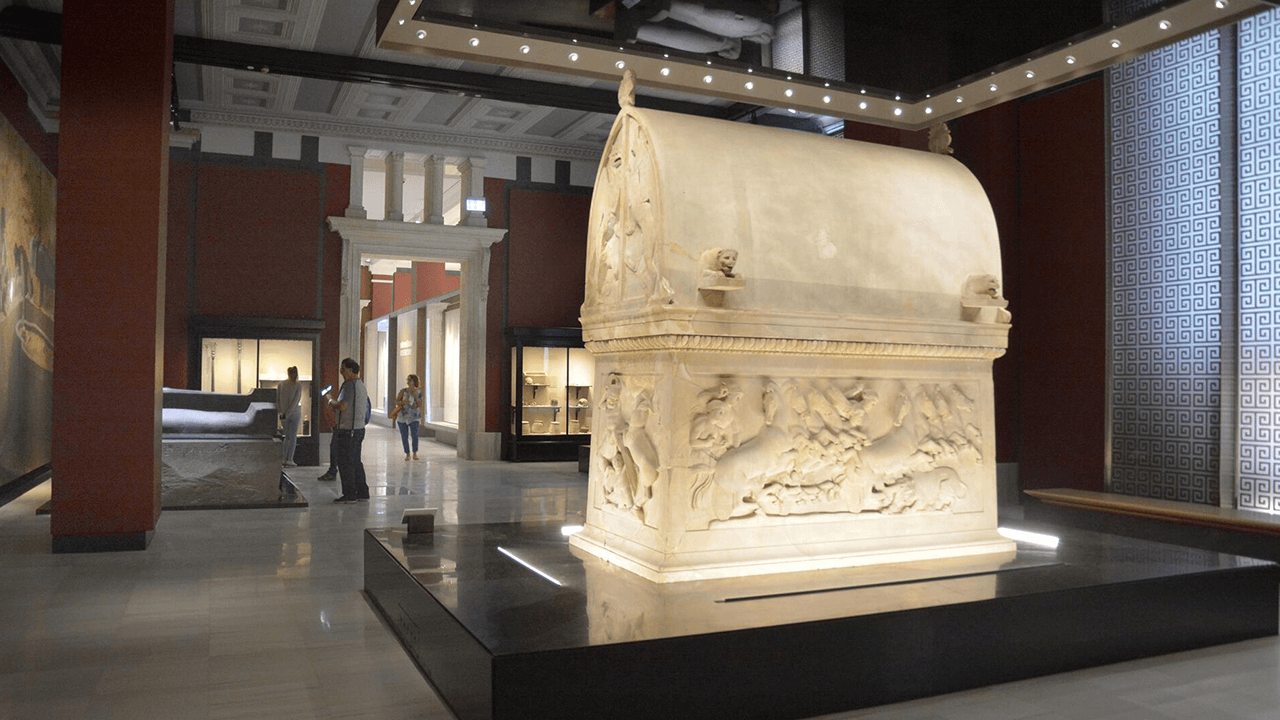
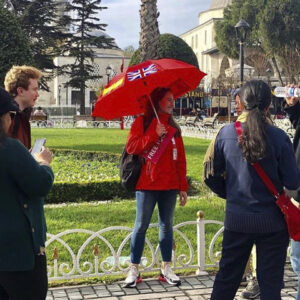
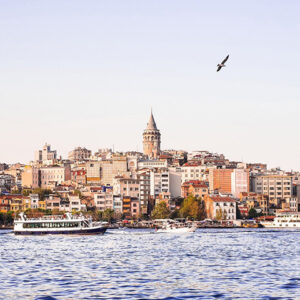
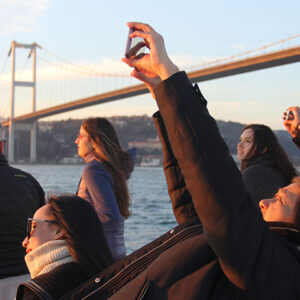


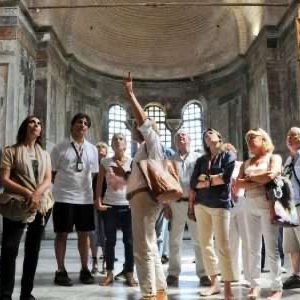
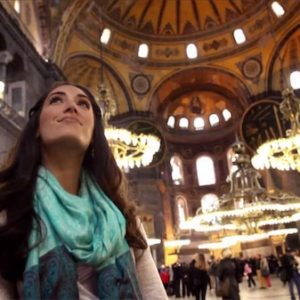


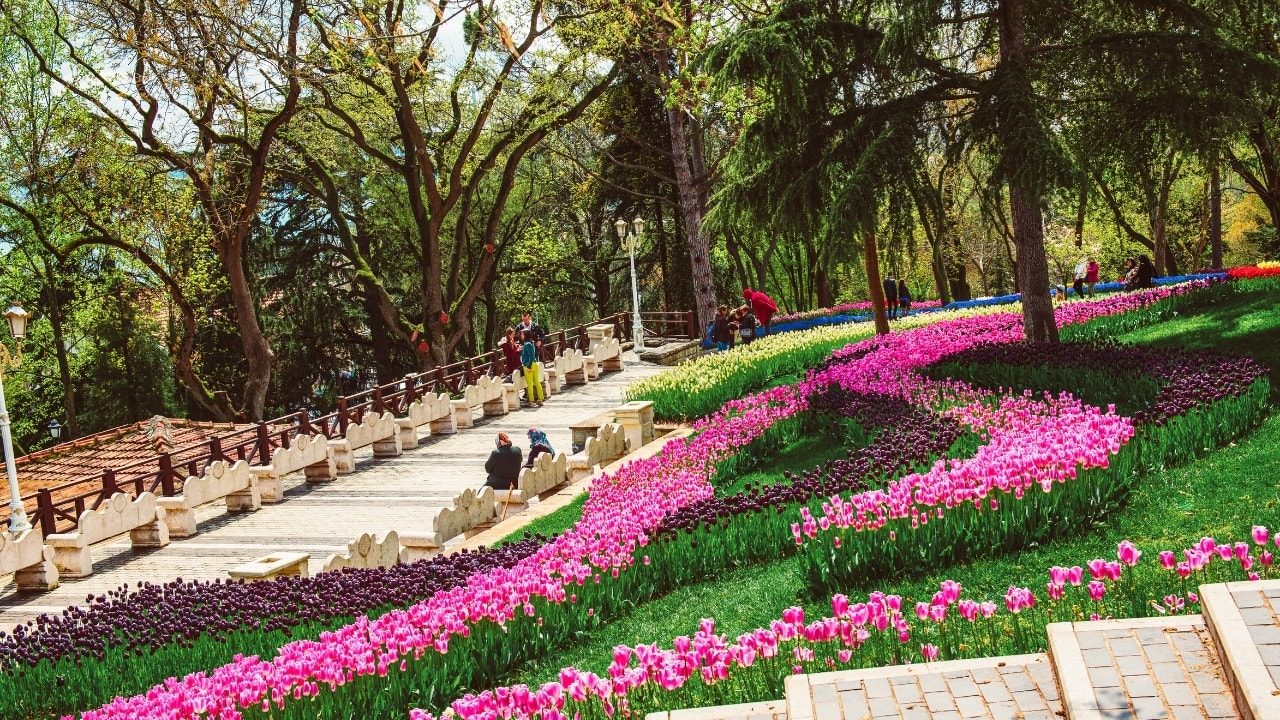

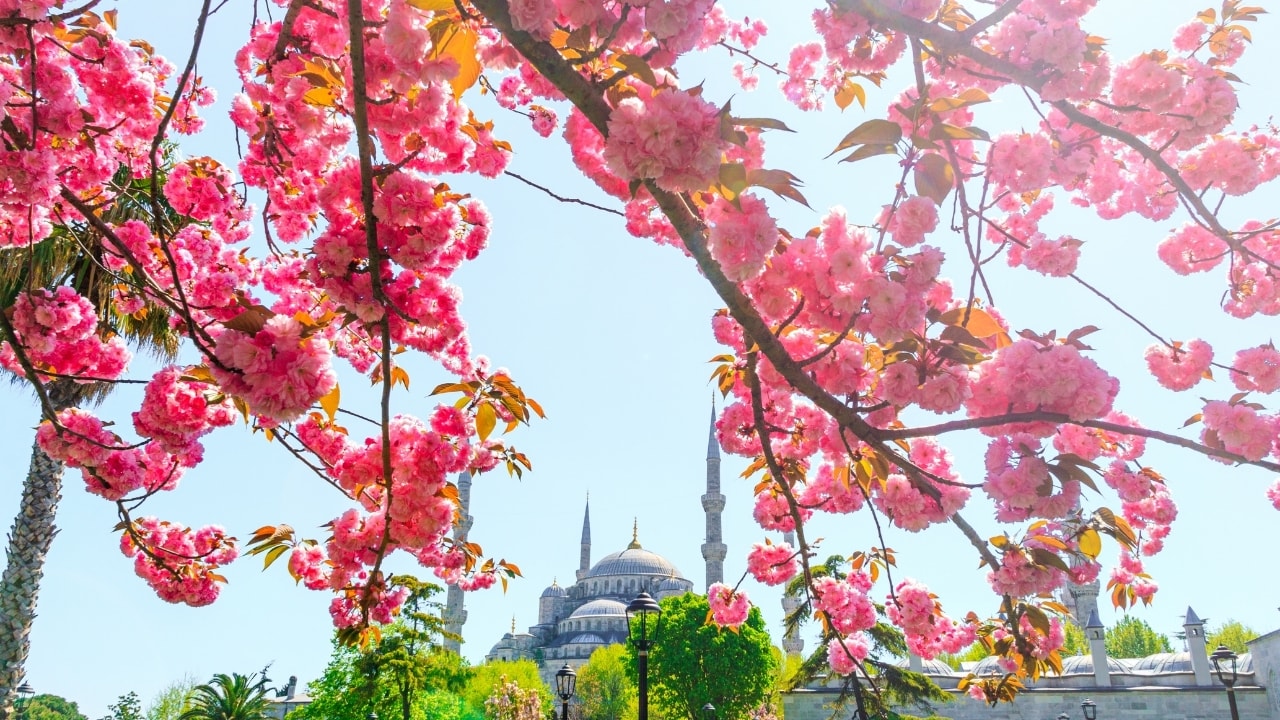
3 thoughts on “Archeological Museums of Istanbul”
★★★★★
Highly recommend visiting ‘Archeological Museums of Istanbul’—a site rich with history and unparalleled beauty.
★★★★★
Discovering ‘Archeological Museums of Istanbul’ was one of the highlights of my trip. Don’t miss out on this gem!
★★★★★
My journey to ‘Archeological Museums of Istanbul’ was nothing short of amazing. A must-see for anyone exploring the area!